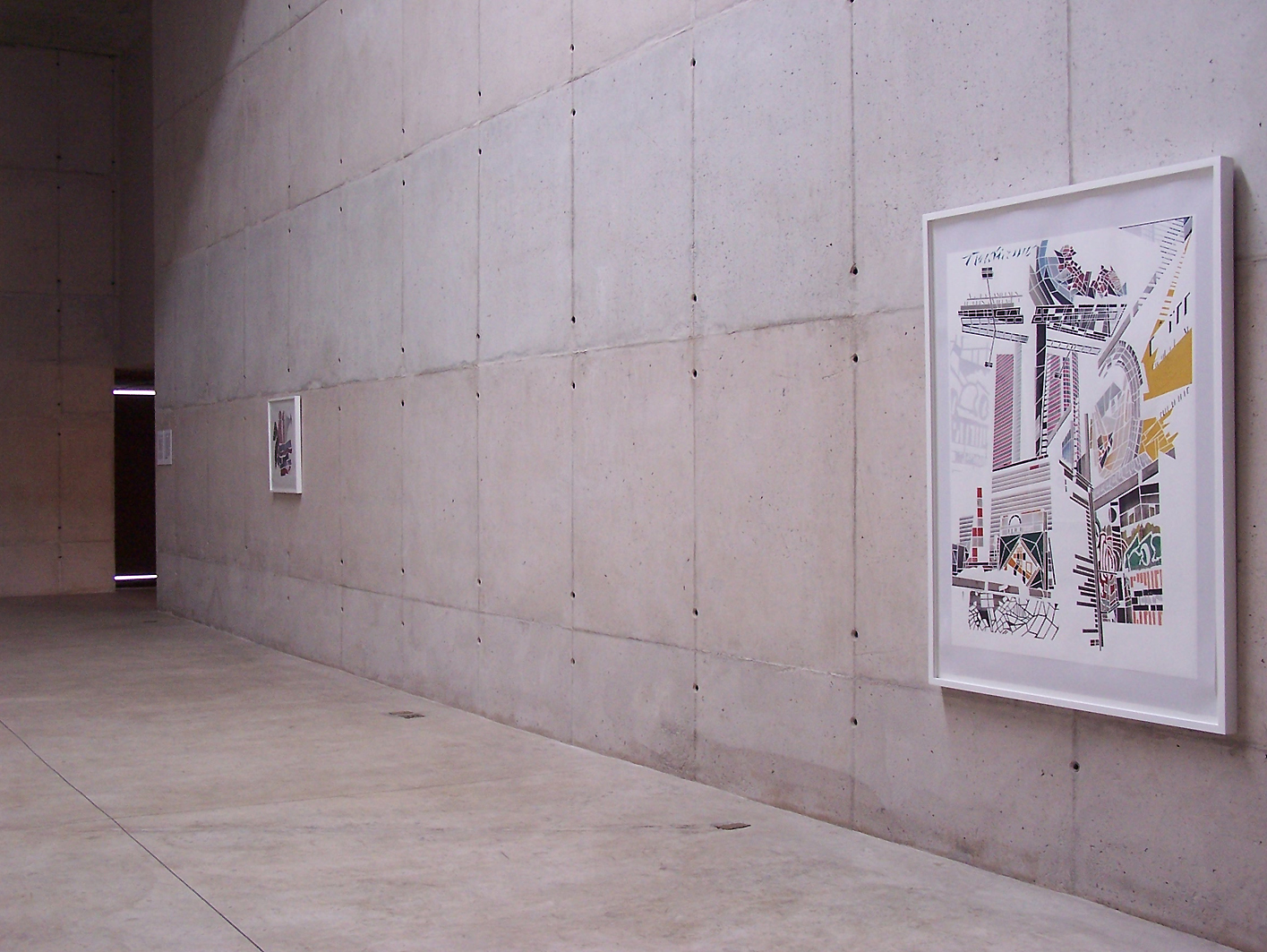Richard Galpin, an English artist, is having his first solo exhibition at Galeria Leme. He’s known for his distinctive work with “peeled photographic impressions” based on São Paulo’s imagery. Using a unique technique, Galpin transforms cityscape images into fantastic, dynamic, and abstract forms.
His process involves using a stylus or scalpel to carefully remove the film or emulsion from the photograph’s surface through small incisions. This selective removal leaves behind only certain original fragments of the photograph. The image undergoes a process of reduction and subtraction until a new form is revealed from the original photo. This means that each piece is unique, displaying the artist’s craftsmanship.
The works created for this exhibition were based on photos taken by the artist during his recent visit to São Paulo, commissioned by Galeria Leme. They showcase various aspects of the city, from simple residential complexes and architecturally striking buildings to everyday street scenes featuring graffiti, billboards, and scaffolding. One piece even portrays a roller coaster within a shopping mall, taking on a constructivist composition. Other works reference early modernist abstractionism, suprematism, and futurism in their forms and titles. It’s through this combination of abstract influences and everyday city life that Galpin offers his vision of São Paulo.
Galpin says, “I don’t think this project is about representing São Paulo. The images are a starting point, a source of material to create new landscapes; however, they do characterize São Paulo for me. I believe my work always takes something familiar and transforms it through the process of reduction. But in these works, I’m approaching the city as a visitor, so simple elements of São Paulo attract me and catch my attention. The challenge of showcasing this work in São Paulo is to provide those familiar with the city with a new and stimulating experience.”
Richard Galpin is also represented by Hales Gallery in London and has a solo exhibition scheduled this year at Roebling Hall in NY.
Additionally, Felipe Cama, a Brazilian artist, is part of the exhibition. Felipe’s research delves into the numerous erotic and pornographic images flooding digital mailboxes daily. He questions how these images are produced, distributed, and consumed. These images never materialize at any stage of the cycle, except in the form of electrical impulses. They are photographs that have never been or will be photographs. They’re akin to studies of nudes in the digital age, reduced to their simplest form, equivalent to the silver grain on photographic paper – their own binary code.
Contrarily, the nude in painting takes a reverse path, circulating on the internet as digitized images in museum and gallery sites and newsletters. It moves away from its original physical materiality of canvas and paint to become digital information. As pixels, these paintings are similarly reduced to binary codes, stripped of the aura of artwork, blurring the lines between these classic art history paintings and mundane pornographic photos.
Cama explains, “My work begins with these images that almost spontaneously arrive in my email. Through specially developed software for this work, I arrive at the pure binary code of a jpg image. From this sequence of 1s and 0s, something akin to digital DNA, I create images that reference constructivist geometry and formal minimalist rigor, without shying away from figuration. I treat digital reproductions of classic nude paintings and anonymous pornographic photos with the same visuality.”
This juxtaposition and exploration of binary codes and imagery from classic art to contemporary digital pornographic representations form the core of Cama’s artistic inquiry.
